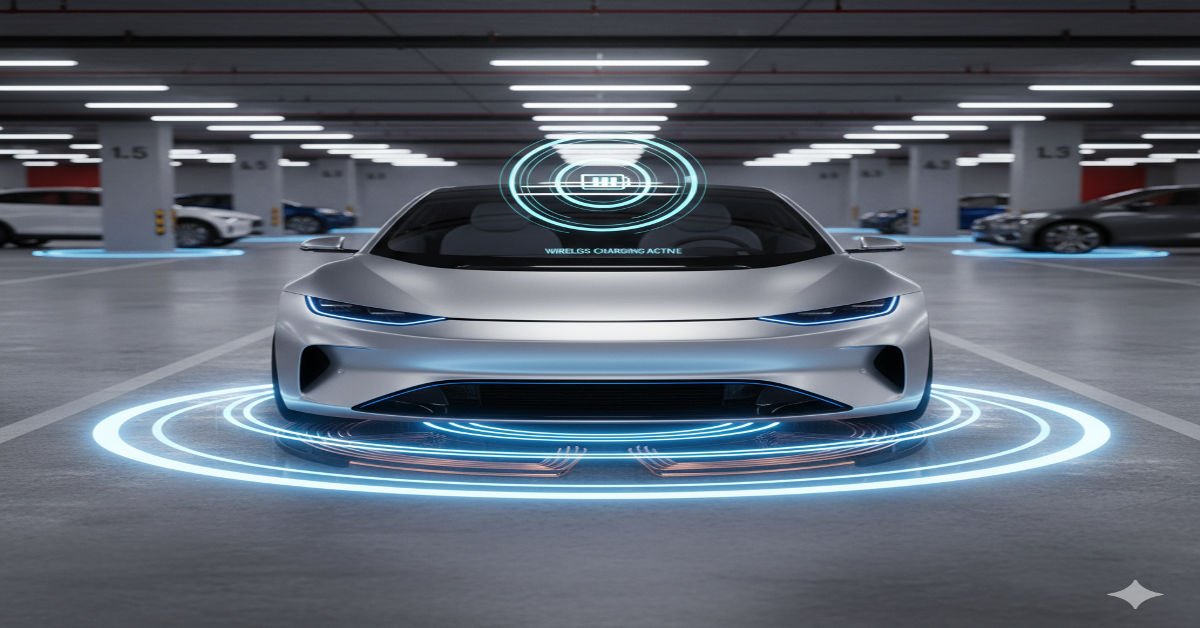Introduction: The Shift Toward an Electric Future
EV Charging Network USA at the forefront of a transportation revolution. With electric vehicles (EVs) gaining rapid adoption, the need for a robust and future-ready EV charging network has never been more critical. Automakers, policymakers, and technology providers are working together to ensure that EV drivers have convenient, reliable, and affordable charging options across the country.
The future of EV charging in the USA is not just about installing more chargers—it’s about creating a connected ecosystem that integrates renewable energy, smart grids, and advanced technologies.
Current State of EV Charging Infrastructure in the USA
As of 2025, the USA has made significant progress in EV charging expansion. Public and private players are installing fast chargers along highways, urban areas, and workplaces. However, challenges such as uneven distribution, slow charging speeds, and high costs still exist.
Table: Current EV Charging Landscape (2025)
| Parameter | Current Status (2025) |
|---|---|
| Total Public Charging Stations | ~170,000+ |
| DC Fast Chargers (Level 3) | ~35,000+ |
| Federal Funding Commitment | $7.5 Billion (NEVI) |
| Leading Networks | Tesla Supercharger, Electrify America, ChargePoint, EVgo |
Key Drivers Shaping the Future of EV Charging Networks
The future of EV charging in the USA will be shaped by multiple factors including government policy, private investments, technology upgrades, and consumer demand.
-
Government Policies & Incentives – The Biden administration aims for 500,000 public chargers by 2030, with strong support through NEVI (National Electric Vehicle Infrastructure) funding.
-
Automaker Commitments – Companies like Ford, GM, and Tesla are heavily investing in charging infrastructure.
-
Renewable Energy Integration – Charging powered by solar, wind, and green hydrogen will make EV adoption more sustainable.
-
Smart Charging & AI – Future networks will optimize energy distribution to reduce grid strain.
-
Consumer Demand – As EV adoption grows, charging convenience will become a key buying factor.
The Role of Technology in EV Charging Evolution
The charging network of the future will rely on cutting-edge technologies that make the experience faster, smarter, and more user-friendly.
1. Ultra-Fast Charging (350 kW+)
Future EV chargers will support 350 kW and higher, reducing charging times to under 10 minutes for compatible vehicles.
2. Wireless Charging
Inductive charging pads, similar to smartphone wireless charging, will allow cars to charge without cables, even while parked or moving (dynamic charging).
3. Smart Grids & V2G (Vehicle-to-Grid)
EVs will not just consume power but also feed electricity back to the grid, stabilizing energy supply during peak demand.
4. AI & IoT-Enabled Chargers
Artificial Intelligence will optimize charging by predicting user behavior, reducing wait times, and balancing grid loads.
Challenges in Building a Future-Proof EV Charging Network
Despite progress, several hurdles need to be overcome:
-
High Installation Costs – Fast chargers can cost over $100,000 per unit.
-
Grid Capacity Issues – EV adoption may strain existing electricity grids.
-
Rural Accessibility – Urban areas dominate current infrastructure, leaving rural communities underserved.
-
Standardization Problems – Different connectors (CCS, NACS, CHAdeMO) create compatibility challenges.
-
User Experience Gaps – Reliability and maintenance remain concerns for public charging stations.
Government Initiatives Driving the Future
The U.S. government is playing a central role in accelerating EV charging deployment.
Table: Key Federal Programs for EV Charging
| Program / Act | Key Provisions |
|---|---|
| NEVI (National Electric Vehicle Infrastructure) | $7.5 billion funding for 500,000 chargers by 2030 |
| Inflation Reduction Act (IRA) | Tax credits for EV purchases and charging infrastructure |
| Bipartisan Infrastructure Law | Grants for state and local charging projects |
| DOE & DOT Partnerships | Research, development, and funding for EV innovation |
Private Sector Investments in Charging Expansion
Private companies are equally vital in building the EV Charging Network USA
-
Tesla Supercharger Network: Opening its NACS standard to other automakers.
-
Electrify America: Expanding across highways and urban centers.
-
ChargePoint & EVgo: Building flexible workplace and public charging solutions.
-
Oil Companies (Shell, BP, Chevron): Transitioning gas stations into EV energy hubs.
The Role of Renewable Energy in EV Charging
To truly achieve sustainable mobility, EV charging must be powered by renewable energy sources.
Table: Renewable Energy Integration in EV Charging
| Renewable Source | Potential Use in EV Charging |
|---|---|
| Solar Power | Solar canopies at charging stations |
| Wind Power | Offshore wind farms supplying grid electricity |
| Green Hydrogen | Hydrogen fuel cells supporting hybrid EV networks |
| Battery Storage | On-site batteries to reduce grid dependency |
Future Trends in EV Charging Networks
Looking ahead, the U.S. EV charging ecosystem will transform in the following ways:
-
Nationwide Interoperability – One charging card or app for all stations.
-
AI-Powered Predictive Charging – Reserving spots and predicting demand.
-
Highway Charging Corridors – Coast-to-coast fast charging coverage.
-
Urban Smart Charging Hubs – Integrated with shopping centers, offices, and parking lots.
-
Fleet Charging Solutions – Dedicated infrastructure for delivery vans, ride-hailing, and public buses.
Consumer Impact: What EV Owners Can Expect
For American drivers, the future of EV charging means:
-
Shorter Charging Times – Less waiting, more driving.
-
Better Coverage – From big cities to rural highways.
-
Lower Costs – More competition and renewable energy will reduce prices.
-
Seamless Experience – Unified apps, payment systems, and real-time availability tracking.
-
Energy Independence – Ability to charge at home, work, or on the go.
Conclusion: Building a Sustainable EV Future in the USA
EV Charging Network USA is bright, but success depends on collaboration between government, private companies, and consumers. With the right investments in technology, renewable energy, and nationwide coverage, America is on track to create a world-class EV charging ecosystem.
The ultimate goal is not just to make EV charging convenient—it’s to make it sustainable, affordable, and universally accessible. This will accelerate the transition to clean mobility, reduce carbon emissions, and reshape America’s transportation future.
